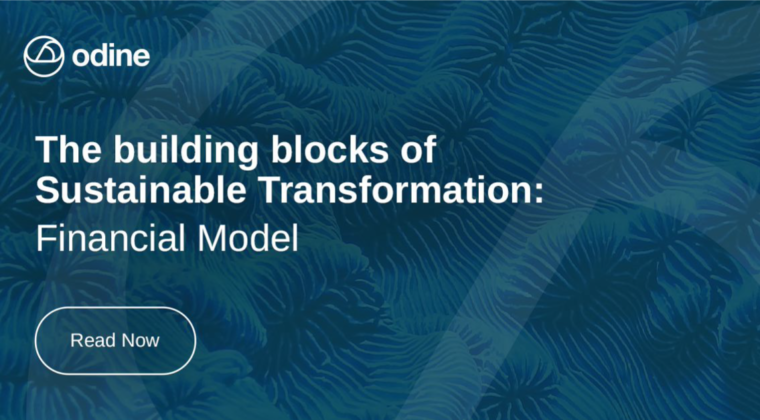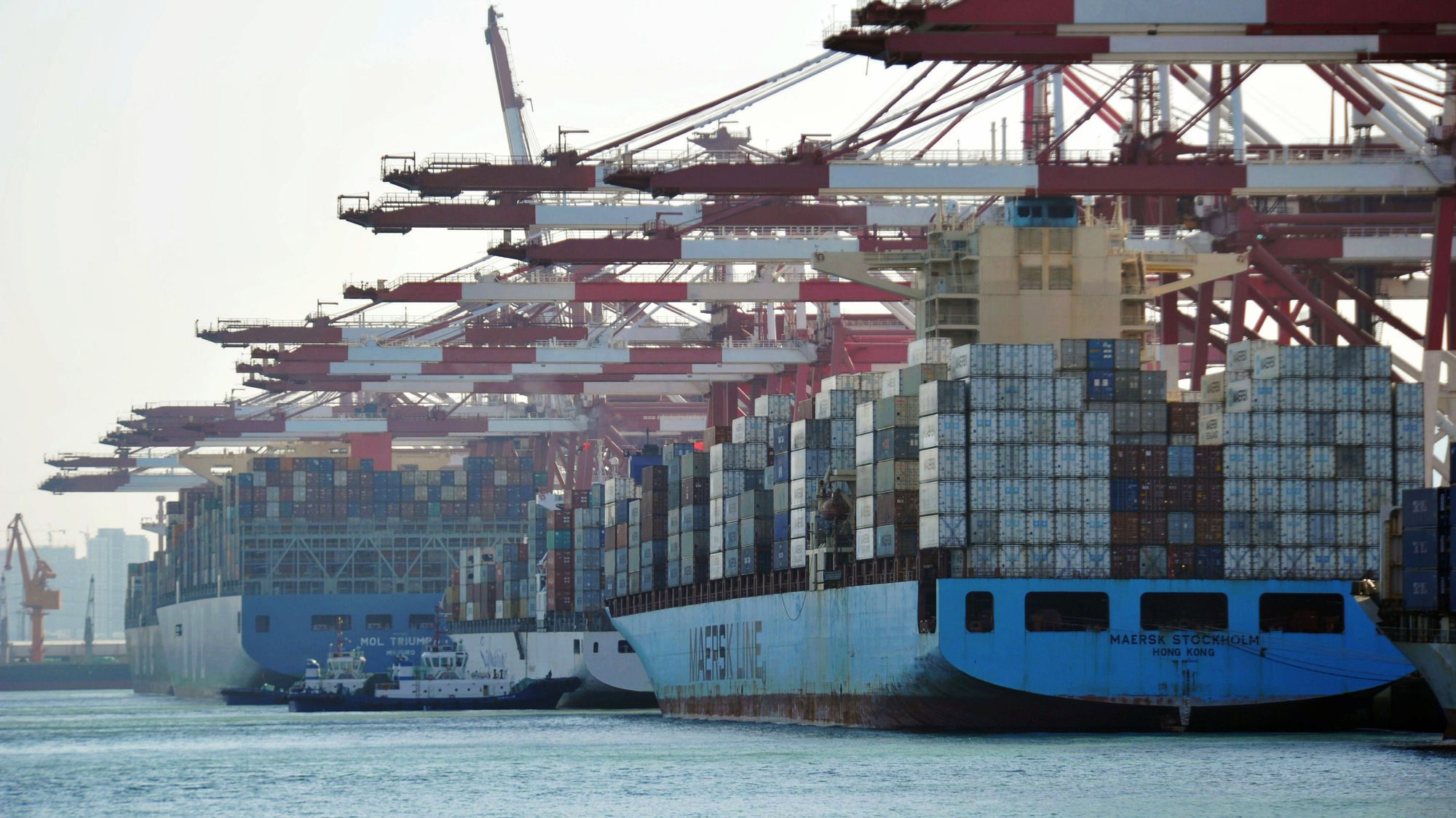Exploring Energy Partnerships: A Canadian Trade Mission In Southeast Asia

Table of Contents
Untapped Potential: Southeast Asia's Energy Landscape
Southeast Asia's energy landscape is ripe with opportunities for Canadian businesses. The region is experiencing rapid economic growth, driving an increased demand for reliable and sustainable energy sources. This presents a significant opening for Canadian expertise and technology.
Renewable Energy Boom
Southeast Asia's commitment to renewable energy is accelerating. The region boasts abundant natural resources ideal for renewable energy generation, creating a booming market for Canadian companies specializing in renewable energy technology and project development.
- High solar irradiance in many regions: Several Southeast Asian countries receive high levels of sunlight, making solar power a highly viable option. Canadian solar technology and expertise are highly sought after.
- Significant untapped hydropower potential: Many rivers and mountainous regions offer substantial hydropower potential, requiring investment in dam construction, grid integration, and sustainable hydropower management—areas where Canada excels.
- Growing government support for renewable energy initiatives: Governments across the region are actively promoting renewable energy through various policies, subsidies, and incentives, creating a favorable investment climate for Canadian companies.
- Demand for energy storage solutions: The intermittent nature of renewable energy sources like solar and wind necessitates efficient energy storage solutions. Canadian companies offering advanced battery storage technologies and smart grid solutions are well-positioned to capitalize on this demand.
Oil and Gas Sector Collaboration
Despite the push towards renewables, Southeast Asia still relies heavily on oil and gas resources to meet its energy demands. This presents further opportunities for Canadian expertise in responsible resource extraction, efficient energy management, and advanced oil and gas technologies.
- Opportunities in offshore exploration and production: Southeast Asia's offshore areas hold significant oil and gas reserves, creating opportunities for Canadian companies with expertise in offshore exploration and production technologies.
- Expertise in oil sands technology: Canadian expertise in extracting oil from oil sands is globally recognized and could be adapted for similar projects in Southeast Asia.
- Demand for LNG and pipeline infrastructure development: The growing demand for liquefied natural gas (LNG) necessitates investments in LNG infrastructure, including terminals, pipelines, and transportation networks – areas where Canadian companies have strong capabilities.
- Focus on environmentally conscious extraction methods: Canadian companies are increasingly focused on environmentally responsible extraction methods, aligning with Southeast Asia's growing emphasis on sustainability.
Key Players and Partnerships
The Canadian trade mission played a crucial role in facilitating connections with key stakeholders in Southeast Asia, paving the way for strategic alliances and joint ventures.
Government Initiatives and Support
The Canadian government actively supports international trade and investment in the energy sector. Several programs specifically aim to assist Canadian energy companies in expanding into new markets, including Southeast Asia.
- Specific government programs: Programs like the Export Development Canada (EDC) and Global Affairs Canada offer financial support, risk mitigation tools, and market intelligence to Canadian businesses.
- Details on bilateral trade agreements: Existing bilateral trade agreements between Canada and several Southeast Asian nations facilitate streamlined trade and investment processes.
- Support services offered by Canadian trade agencies: Canadian trade commissioners provide valuable on-the-ground support, assisting companies with navigating local regulations, finding partners, and accessing market information.
Collaboration with Local Businesses
Forming partnerships with local businesses is crucial for success in Southeast Asia. Local partners offer invaluable insights into market conditions, regulatory frameworks, and cultural nuances.
- Advantages of joint ventures and strategic alliances: Joint ventures and strategic alliances mitigate risks, leverage local expertise, and enhance market access.
- Importance of cultural understanding and local market knowledge: Understanding local business practices, customs, and regulatory frameworks is essential for successful partnerships.
- Examples of successful collaborations: Highlighting successful partnerships between Canadian and Southeast Asian energy companies can showcase the benefits of collaboration.
Navigating the Challenges: Risk Mitigation and Regulatory Landscape
Expanding into Southeast Asia requires a thorough understanding of potential challenges and proactive risk mitigation strategies.
Regulatory Compliance and Due Diligence
Strict adherence to local regulations is paramount. Thorough due diligence is essential to avoid potential legal and environmental risks.
- Importance of legal and environmental compliance: Understanding and adhering to environmental regulations, labor laws, and other relevant legislation is crucial.
- Risks associated with political instability and regulatory changes: Political instability and changes in regulatory frameworks can impact investment decisions; thorough risk assessments are necessary.
- Strategies for mitigating risks: Strategies include partnering with local experts, engaging in thorough due diligence, and securing appropriate insurance coverage.
Infrastructure and Logistics
Infrastructure limitations and logistical challenges are common in some parts of Southeast Asia. Careful planning and consideration are required to overcome these obstacles.
- Addressing infrastructure gaps: Canadian companies may need to invest in or partner with companies to address infrastructure limitations, such as improving transportation networks.
- Supply chain management considerations: Establishing robust supply chain management systems is crucial to ensure the timely delivery of materials and equipment.
- Transportation and logistics solutions: Working with reliable transportation and logistics providers is essential to navigate potential challenges.
Conclusion
The Canadian trade mission to Southeast Asia highlights the immense potential for mutually beneficial Canadian energy partnerships in the region. By leveraging Canada's expertise in renewable energy, oil and gas, and related technologies, and by actively engaging with local stakeholders and navigating regulatory complexities, Canadian companies can significantly contribute to Southeast Asia's energy future. Exploring these Canadian energy partnerships is not just a business opportunity; it's a chance to shape a sustainable and prosperous energy landscape for both Canada and Southeast Asia. Take the next step and explore the possibilities of developing your own successful Canadian energy partnerships in Southeast Asia.

Featured Posts
-
 Starbucks Union Votes Down Companys Wage Guarantee
Apr 28, 2025
Starbucks Union Votes Down Companys Wage Guarantee
Apr 28, 2025 -
 Ftcs Appeal Against Microsoft Activision Merger Approval
Apr 28, 2025
Ftcs Appeal Against Microsoft Activision Merger Approval
Apr 28, 2025 -
 X Corps Transformation Financial Insights From The Recent Debt Sale
Apr 28, 2025
X Corps Transformation Financial Insights From The Recent Debt Sale
Apr 28, 2025 -
 Recent Changes To Chinas Tariff Policy On Us Goods
Apr 28, 2025
Recent Changes To Chinas Tariff Policy On Us Goods
Apr 28, 2025 -
 Record Investments Fuel Abu Dhabis Growth In 2024 Real Estate Boom Ai And Air Taxi Trials
Apr 28, 2025
Record Investments Fuel Abu Dhabis Growth In 2024 Real Estate Boom Ai And Air Taxi Trials
Apr 28, 2025
